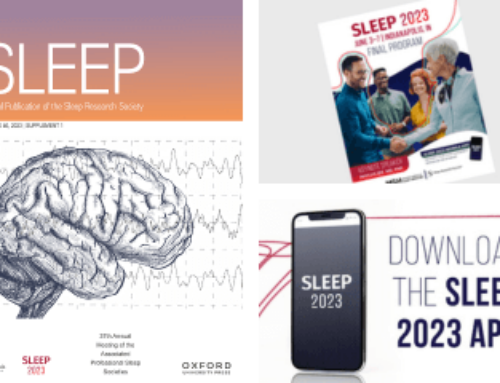Two studies in the August 1 issue of the journal Sleep link obstructive sleep apnea (OSA) to mortality risk. This fact sheet compares the design and results of the two studies.
- Study Design
Wisconsin: Random, population-based sample of adults who were recruited from several Wisconsin state agencies.
Busselton: Community-based sample of residents in the rural town of Busselton in the state of Western Australia.
- Study Group
Wisconsin: 1,522 adults between the ages of 30 and 60 years
Busselton: 380 adults between the ages of 40 and 65 years
- Sleep Assessment
Wisconsin: One night of in-lab, 18-channel polysomnography conducted at the University of Wisconsin General Clinical Research Center
Busselton: One night of at-home, 4-channel portable monitoring
- Primary Measurement
Wisconsin: Sleep apnea or “sleep-disordered breathing,” measured by the apnea-hypopnea index (AHI) – per hour of sleep, the average number of apneas (breathing pauses of 10 seconds or more) and hypopneas (breathing reductions with a decrease in blood oxygen saturation of four percent or more).
Severe (AHI 30 or more), Moderate (AHI 15 to 29), Mild (AHI 5 to 14), No sleep apnea (AHI less than 5)
Busselton: Obstructive sleep apnea, measured by the respiratory disturbance index (RDI) – per estimated hour of sleep, the average number of oxygen desaturations of three percent or more that were accompanied by an increased heart rate of 10 or more beats per minute and/or a burst of snoring at the beginning and end of the desaturation event.
- Mortality Follow-Up
Wisconsin: Eighteen years, reviewing state and national death records up to March 1, 2008.
Mean follow-up: 13.8 years. Total observation: 20,963 person-years
Busselton: Fourteen years, reviewing state and national death records through 2004.
- Deaths
Wisconsin: Total: 80 of 1,522 individuals (5.3%). Severe sleep apnea: 12 of 63 (19%). Moderate: 6 of 82 (7.3%). Mild: 16 of 220 (7.3%). No sleep apnea: 46 of 1,157 (4%).
Busselton: Total: 33 of 380 individuals (8.7%). Moderate-Severe OSA: 6 of 18 (33%). Mild OSA: 5 of 77 (6.5%). No OSA: 22 of 285 (7.7%).
- All-Cause Mortality Hazard Ratios
Wisconsin: Severe sleep apnea: 3.2. Moderate sleep apnea: 1.3. Mild sleep apnea: 1.5.
Adjusted for age, sex and body mass index. Hazard ratios were significantly increased with SDB severity. Adjusted hazard ratios remained high after further adjustments for smoking, alcohol use, general health status, educational status, neck girth, waist:hip ratio, sleep duration and total cholesterol.
Busselton: Moderate-Severe OSA: 6.24. Mild OSA: 0.47.
- Effect of Continuous Positive Airway Pressure (CPAP) Therapy
Wisconsin: When 126 participants who reported regular CPAP use were removed from the statistical analysis, the adjusted hazard ratio for all-cause mortality related to severe sleep apnea jumped from 3.2 to 4.3. The adjusted hazard ratio for cardiovascular mortality related to severe sleep apnea soared from 2.9 to 5.2. These results suggest that CPAP was protective particularly against cardiovascular death.
For a copy of either study, “Sleep-Disordered Breathing and Mortality: Eighteen-Year Follow-Up of the Wisconsin Sleep Cohort” or “Sleep Apnea as an Independent Risk Factor for All-Cause Mortality: The Busselton Health Study,” or to arrange an interview with an AASM spokesperson, please contact Kathleen McCann, AASM director of communications, at (708) 492-0930, ext. 9316, or kmccann@aasm.org.
###




